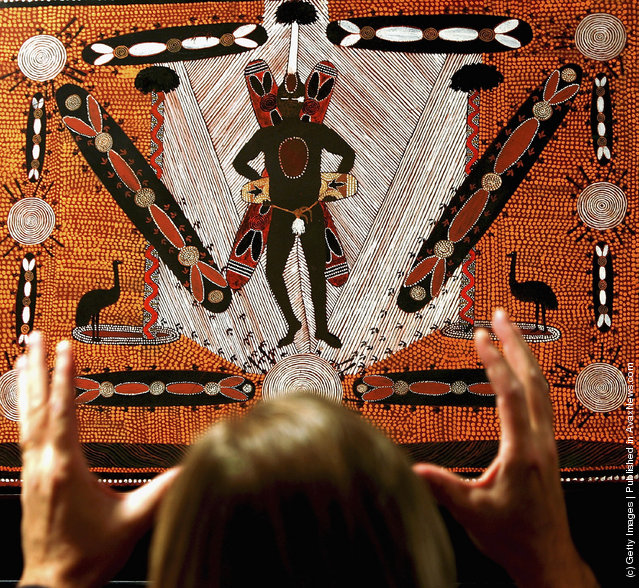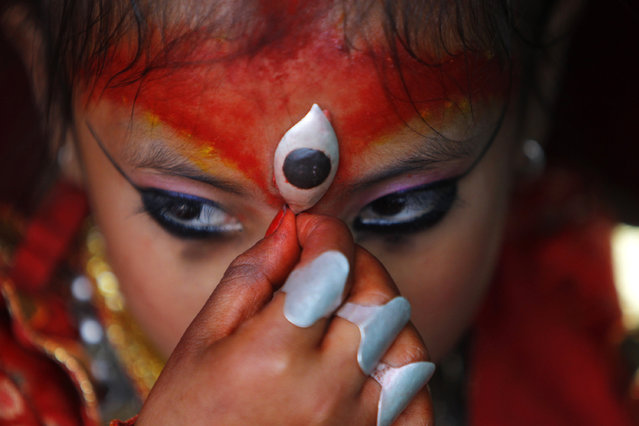
“Photographer Mario Testino shot Jennifer Lopez wearing a variety of sports and boxing gear for the cover story of V Magazine’s new “Sports Issue” (no. 76 Spring 2012). The piece, entitled “Tha Lady Is A Champ” was styled by Carine Roitfeld, and sees J. Lo rocking a jock strap, boxing gloves, various leather jackets, robes and often not much else. Jennifer is looking as good as ever”.
10 Apr 2012 13:21:00,post received
0 comments







